Editorial: Between the Lines: NHTSA Hung Out to Dry By NYT
The National Highway Traffic Safety Administration (NHTSA) woke up to a New York Times hatchet job. “In 2003, researchers at a federal agency proposed a long-term study of 10,000 drivers to assess the safety risk posed by cellphone use behind the wheel,” the NYT begins, without specifying who, what, when, where or how. But we do get a general sort of why: “They sought the study based on evidence that such multitasking was a serious and growing threat on America’s roadways.” And then, da da DA! “But such an ambitious study never happened. And the researchers’ agency, the National Highway Traffic Safety Administration, decided not to make public hundreds of pages of research and warnings about the use of phones by drivers — in part, officials say, because of concerns about angering Congress.” Dive! Dive! Dive!
So, here’s the “secret” preliminary data (all 266 pages of it). Now, a bit further down the Times article, we get the smoking gun. Allegedly.
Dr. Jeffrey Runge, then the head of the highway safety agency, said he grudgingly decided not to publish the draft letter [to Transportation Secretary Norman Minetta “warning states that hands-free laws might not solve” the cell phone distracted driving problem] because of larger political considerations.
At the time, Congress had warned the agency not to use its research to lobby states. Dr. Runge said transit officials told him he could jeopardize billions of dollars of its financing if Congress perceived the agency had crossed the line into lobbying.
The fate of the research was discussed during a high-level meeting at the transportation secretary’s office. The meeting included Dr. Runge, several staff members with the highway safety agency and John Flaherty, Mr. Mineta’s chief of staff.
Mr. Flaherty recalls that the group decided not to publish the research because the data was too inconclusive.
Who are these “transit officials” of which Dr. Runge speaks? And why are we to believe Dr. R’s characterization of events when Mineta’s main man Flaherty says the data was withheld due to its quality?
He recalled that Dr. Runge “indicated that the data was incomplete and there was going to be more research coming.”
He recalled summing up his position as, the agency “should make a decision as to whether they wanted to wait for more data.”
But Dr. Runge recalled feeling that the issue was dire and needed public attention. “I really wanted to send a letter to governors telling them not to give a pass to hands-free laws,” said Dr. Runge, whose staff spent months preparing a binder of materials for their presentation.
DOT telling NHTSA not to play politics? Sounds sensible to me. Now, can the NYT backpedal? Sure!
The highway safety agency, rather than commissioning a study with 10,000 drivers, handled one involving 100 cars. That study, done with the Virginia Tech Transportation Institute, placed cameras inside cars to monitor drivers for more than a year . . .
Not all the research went unpublished. The safety agency put on its Web site an annotated bibliography of more than 150 scientific articles [ here] that showed how a cellphone conversation while driving taxes the brain’s processing power. But the bibliography included only a list of the articles, not the one-page summaries of each one written by the researchers.
“It became almost laughable,” Mr. Monk told the Times. “What they wound up finally publishing was a stripped-out summary.”
It’s a conspiracy! Or not.
Mr. Monk and Mike Goodman, a division head at the safety agency who led the research project, theorize that the agency might have felt pressure from the cellphone industry. Mr. Goodman said the industry frequently checked in with him about the project and his progress. (He said the industry knew about the research because he had worked with it to gather some data).
But he could offer no proof of the industry’s influence. Mr. Flaherty said he was not contacted or influenced by the industry.
In summary, then, we now know the NHTSA is not in the business of releasing preliminary data, which is open to misinterpretation. In fact, suggesting that agency torpedoed a study of 10k drivers because they don’t care about driver safety, or care too much about congressional oversight, is a slur against the NHTSA’s history of protecting American motorists and calling it like they see it.
At least the NYT ends (as do we) with a quote from the Department of Transportation’s (DOT) Rae Tyson, the spokesman who’s helped us investigate potential fraud re: the fed’s “Cash for Clunkers” program.
Rae Tyson . . . said [the DOT] did not, and would not, publish the researchers’ fatality estimates because they were not definitive enough.
He said the other research was compiled as background material for the agency, not for the public.
“There is no report to publish,” he said.
More by Robert Farago
Latest Car Reviews
Read moreLatest Product Reviews
Read moreRecent Comments
- 28-Cars-Later Ford reported it lost $132,000 for each of its 10,000 electric vehicles sold in the first quarter of 2024, according to CNN. The sales were down 20 percent from the first quarter of 2023 and would “drag down earnings for the company overall.”The losses include “hundreds of millions being spent on research and development of the next generation of EVs for Ford. Those investments are years away from paying off.” [if they ever are recouped, emphasis mine] Ford is the only major carmaker breaking out EV numbers by themselves. But other marques likely suffer similar losses. https://www.zerohedge.com/political/fords-120000-loss-vehicle-shows-california-ev-goals-are-impossible Given these facts, how did Tesla ever produce anything in volume let alone profit?
- AZFelix Let's forego all of this dilly-dallying with autonomous cars and cut right to the chase and the only real solution.
- Zelgadis Elantra NLine in Lava Orange. I will never buy a dirty dishwater car again. I need color in my life.
- Slavuta CX5 hands down. Only trunk space, where RAV4 is better.
- Kwik_Shift_Pro4X Oof 😣 for Tesla.https://www.naturalnews.com/2024-05-03-nhtsa-probes-tesla-recall-over-autopilot-concerns.html



















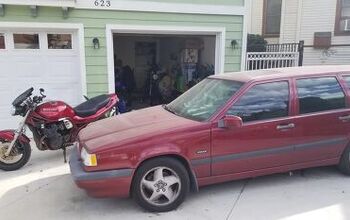
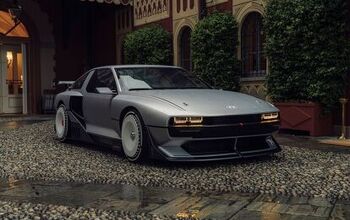
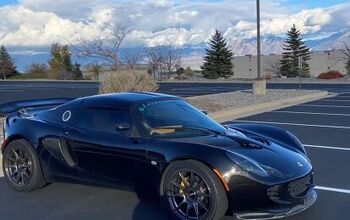

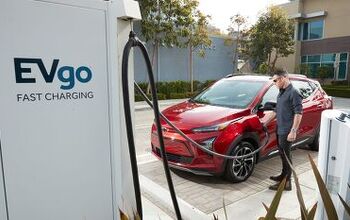

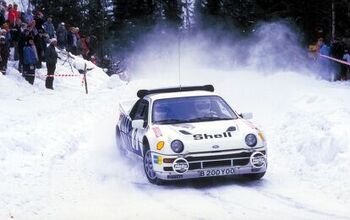





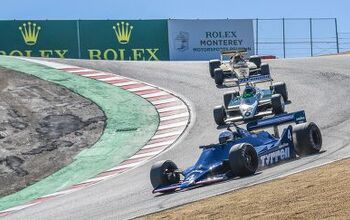
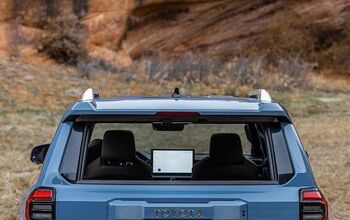

Comments
Join the conversation
@ windswords "You say it’s the “cognitive processing” used to have a cell phone conversation. What .. is the difference between that and the brain power to have a conversation with someone in the front seat? Really?" This is an older thread, but I think it is useful to respond to this question. It turns out conversation is a complex and cooperative activity that requires quite a bit of cognitive processing. The fact that it comes so naturally is really a remarkable aspect of being human. Think of it from this perspective: Use of language is characteristic of humans and is probably not possible if there were much less cognitive capacity available. OK, but that doesn't answer the reasonable question you posed. In effect aren't all conversations basically the same (with respect to how much cognitive capacity is required)? The key is to focus on the cooperative aspect of conversation -- this has a big impact on how hard one has to work to understand what is going on and to then hold up your end of the conversation. When the person is visible to you there are many non-verbal elements that are used to guide the conversation and add meaning to allow easier understanding (that is less uncertainty about what is meant). Even when you cannot directly see the person, sharing the same environment makes the process of conducting the conversation much easier. When the conversation is mediated, for example talking a cellphone, the processing required is much higher. It is believed the lack of other cues and cooperative coordination is responsible. One has to work harder to maintain your end of the conversation and keep in mind the referents etc. So if you are talking to someone in the car and you delay your response because the traffic is getting heavy, you believe the other party will understand the situation and coordinate appropriately -- for example expecting to wait longer for an answer or keeping the conversation simpler. A person on the other end of the cellphone has no idea of the current environment and you will try harder to maintain a normal conversation. These adjustments are not really conscious, they are just what we do in conversation. Cell phone conversations are cognitively more demanding.